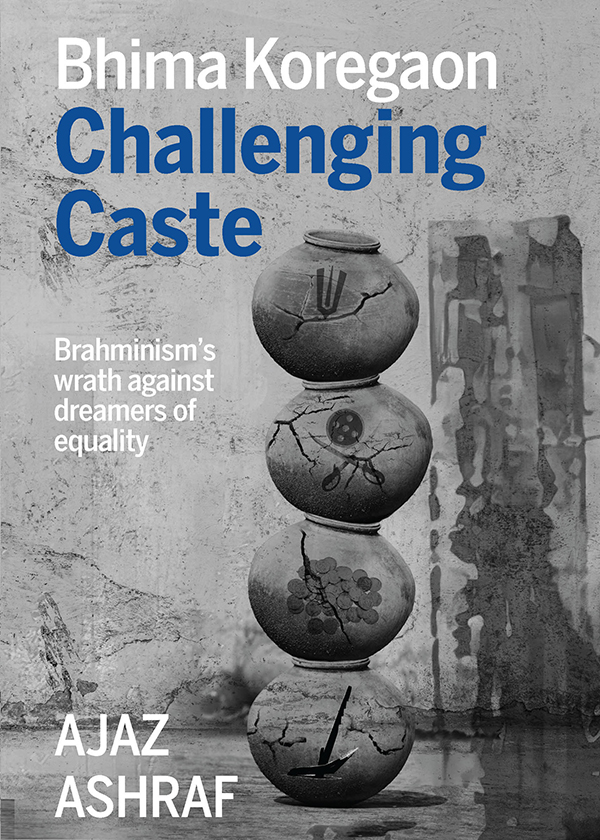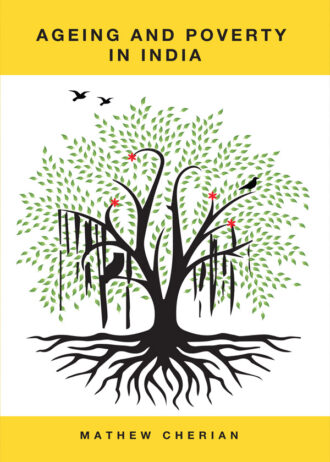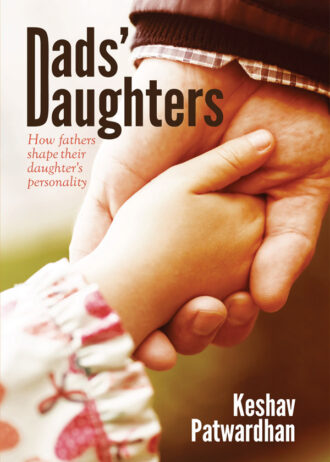Challenging Caste reads the violence at Bhima Koregaon as a clash between two worldviews — one striving to flatten the social hierarchy, the other justifying and perpetuating it. The book deep dives into the songs and the play performed at the Elgar Parishad, controversially critiquing Brahminism and Prime Minister Narendra Modi; furnishes archival records in support of the claim that Govind Gopal, a Mahar, and not Bapuji Buva and Padmavati, a Maratha couple, was linked to the cremation of Chhatrapati Sambhaji; provides a rare glimpse of the world of hate over which Sambhaji Bhide presides; depicts the impact James Laine’s book had on Maharashtra’s anti-Brahmin consciousness; and recreates the scenes as Bhima Koregaon erupted on 1 January 2018.
Following the script laid out by Milind Ekbote and a right-wing think tank, the Pune police and the National Investigating Agency blamed the violence at Bhima Koregaon on a conspiracy hatched between sixteen people— anti-caste, civil and human rights activists, intellectuals and lawyers — and the Maoists. This book rips apart the Maoist conspiracy theory and the Urban Naxal narrative. It points out the ironies underlying the State’s charges against the sixteen, and the flimsiness of the evidence that is said to have been planted on their hacked computers. The conspiracy against the sixteen that inflicted untold miseries on their families is retold here in their voices. An unequal social order, the author argues, can only produce a democracy with broken wings — and a political culture enabling the elite to prey upon the weak.








